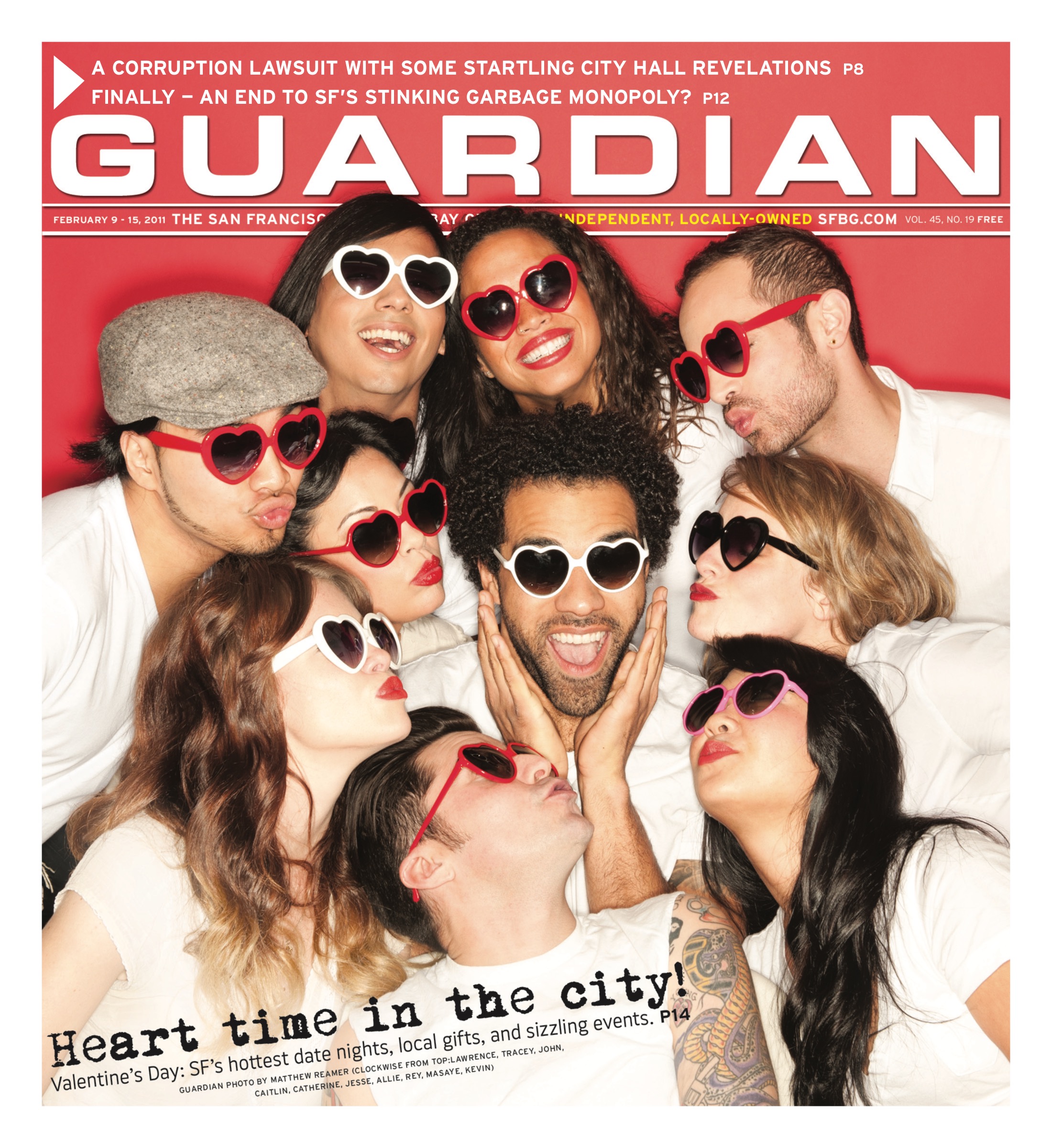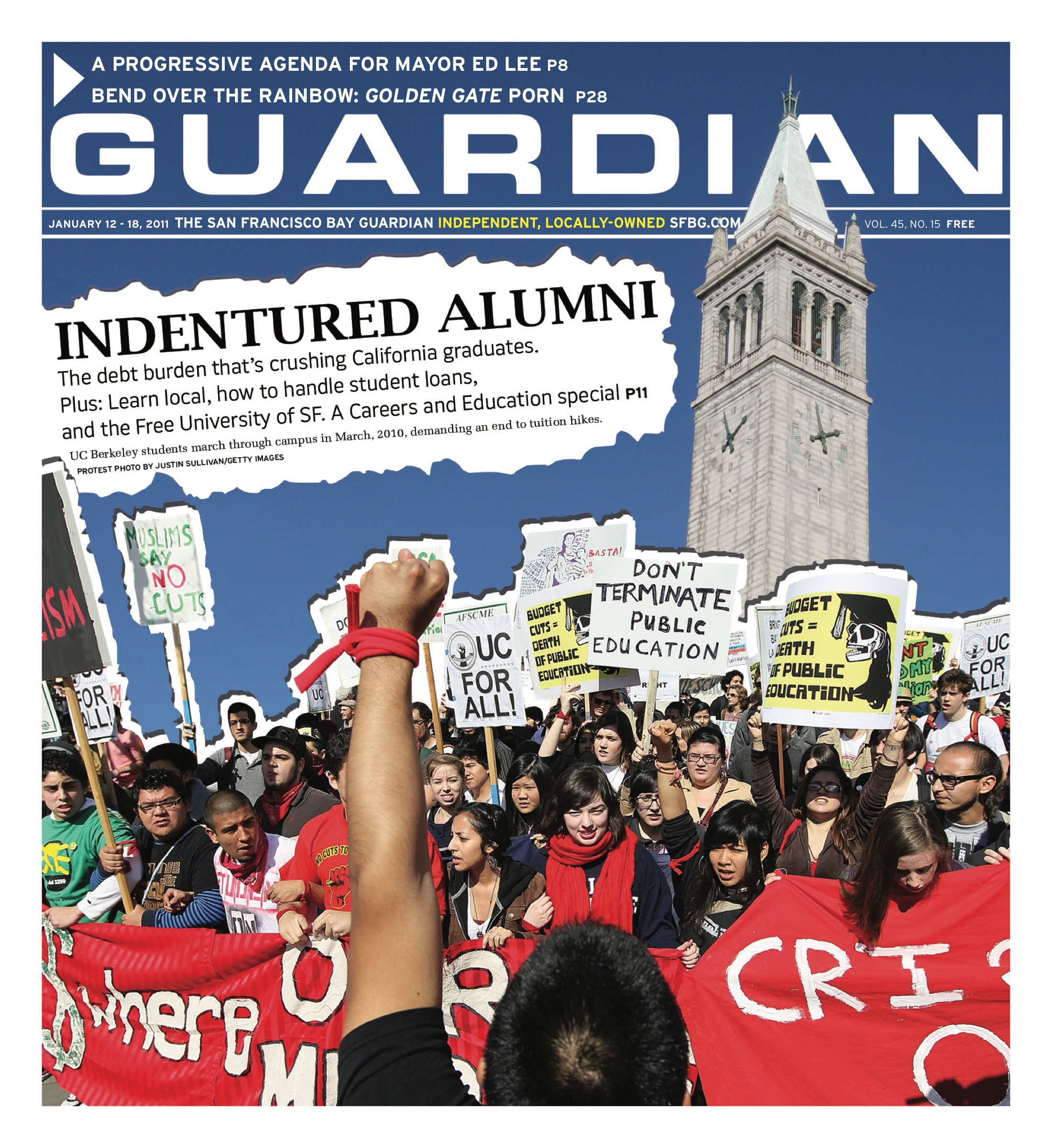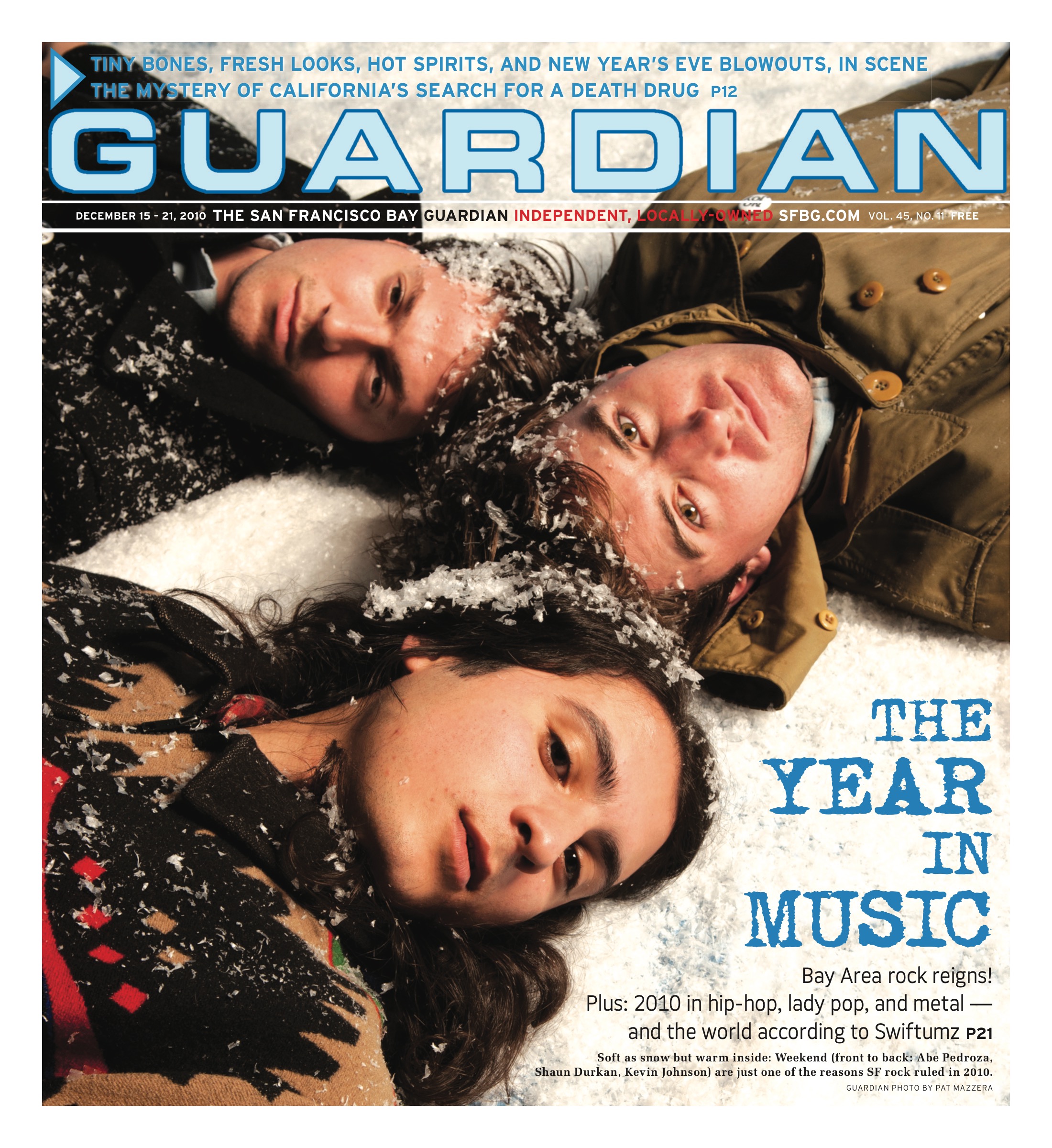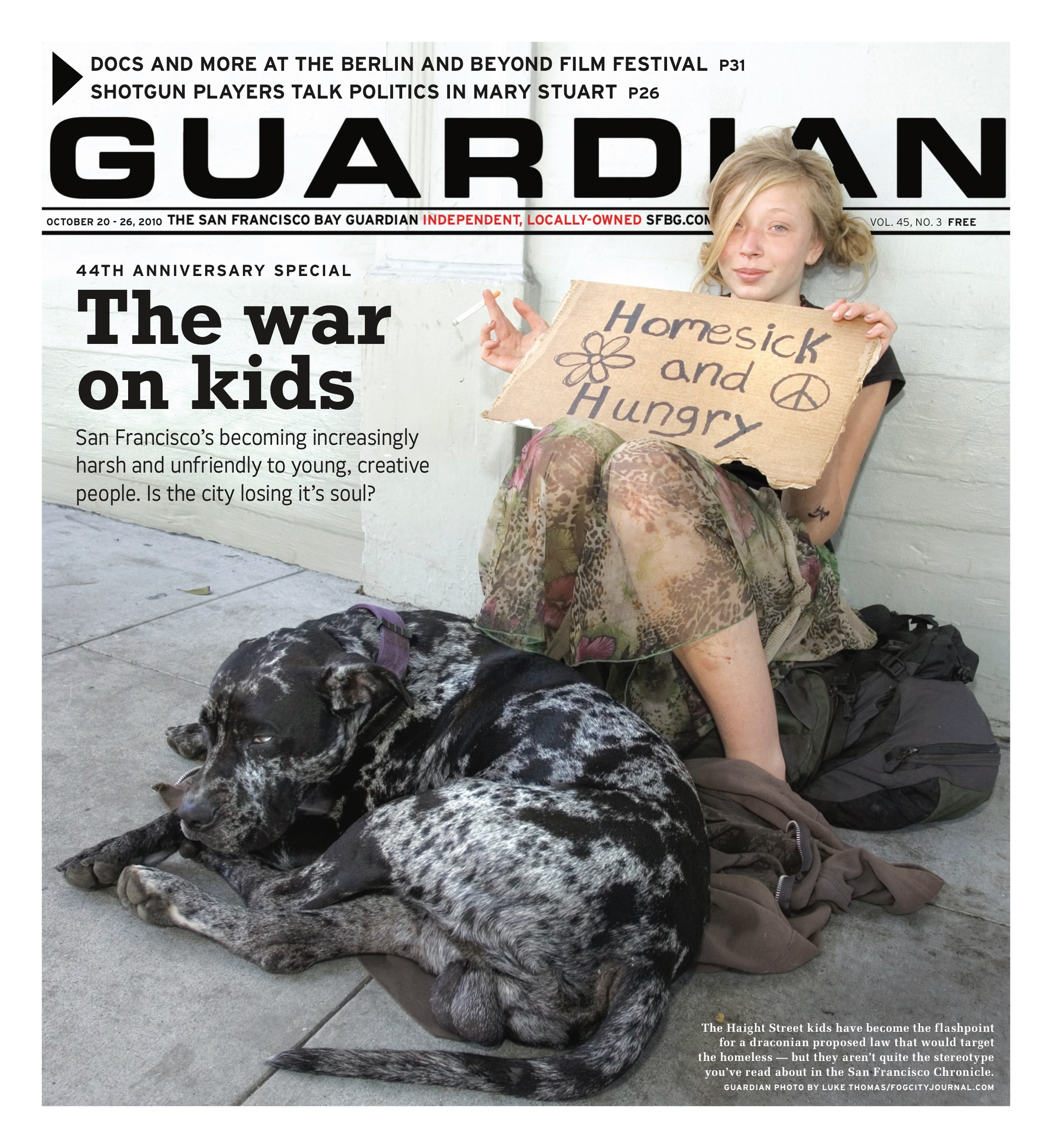paulr@sfbg.com
DINE Nice — I speak of the French city, not the human quality, of which I must be one of life’s least accomplished practitioners — isn’t quite Italian, but it isn’t quite not, either. Like Alsace in the north — another locus of French pizza — it has been the subject of international contention for centuries. Maybe pizza helps settle nerves frayed by all this struggle, but whether it does or not, pizza served with a distinctly French flair (and often a pitcher of local rosé) is what you’ll find at the many outdoor cafes in the heart of Nice, just a few blocks from the beaches of the Cote d’Azur.
It’s what you’ll find, too, at Pizza Nostra, our own little slice of Nice — complete with outdoor tables! — at the north foot of Potrero Hill. The neighborhood will never be mistaken for the Cote d’Azur, and of course the weather here is considerably fouler, but there is something sublime about pizza — really a whole Italian menu, with many interesting small courses, salads, soups, and starters — served with Gallic style.
The restaurant opened some years ago, as Couleur Cafe, in a small shopping center with a parking lot and buildings of a shed-like, provisional quality, like a PX on Guam. It then became Pizza Nostra, changing hands last year from Jocelyn Bulow to Winona Matsuda. She hasn’t changed much, and maybe that’s because there isn’t much in need of change. Despite the faux-suburban setting, the interior has wonderful candlelit atmospherics under a high ceiling that melts into shadow. The service is impeccable. And the food travels well beyond the country of pizza; you could do quite nicely here without pizza at all. But the pizzas are lovely, and if you were stuck with just that, you’d be happy too.
But I do question the wisdom of bringing basket after basket of complimentary focaccia to people who are in all likelihood waiting for pizza. White flour in our diet is like atmospheric radiation left over from those 1950s tests in the South Pacific: insidious, omnipresent, unnoticed. I think this every time I go by Tartine Bakery and see people queuing like Soviet-era Muscovites. As Michael Pollan noted in his polemic In Defense of Food, white flour is so devoid of nutrition that even bugs don’t want it.
Having said that, I note that Pizza Nostra’s focaccia is addictive, with a pillow-like softness and bewitching olive-oil breath. If you can restrain yourself from gobbling it down straight, you will find it’s useful for dunking and sopping applications. We found its spear shape ideal for sticking into a bowl of mushroom-eggplant soup ($6) that was possibly the most gratifying use of eggplant I’ve ever come across. Its subtle, bitter bite was like a sheen around the earthy weight of the fungi.
The focaccia was also useful in wiping up the savory oil left on the plate after we’d demolished the halved brussels sprouts ($5), pan-roasted with fat chunks of pancetta. I would have let the sprouts cook through and caramelize a little more, but they were tender and flavorful nonetheless.
Sicilian-style tuna salad ($12) seemed like a close relative of salade niçoise, except without anchovies. But there was a wealth of halved pear tomatoes, pitted nicoise olives, and cannellini beans nested in a jumble of arugula and frisée, with the tuna arranged in a berm that partly enclosed the greens.
The pizzas are thin-crust, made (according to the menu) in the style of Recco, a town in the northern Italian region of Liguria, not far from Nice. The array of toppings is mostly conventional, although the kitchen does throw together various specials, including a pie ($16) topped with hot Italian sausage, red and yellow bell peppers, mushrooms, a red-onion confit, and broccoli florets — all of which runs against the basic article of American faith that more is better. Sometimes more isn’t better. Broccoli doesn’t translate well to pizza, and we found the red-onion jam to be jarringly sweet.
But — on the subject of sweets — the olive-oil cake ($6), a cupcake-like disk, was dense and moist. It could have stood without assistance from the large pat of limoncello gelato on the side, although the gelato was a nice touch.
PIZZA NOSTRA
Dinner: nightly, 5:30–10 p.m.
Lunch: Mon.–Fri., 11:30 a.m.–2:30 p.m.
Brunch: Sat.–Sun., noon–3 p.m.
300 De Haro, SF
(415) 558-9493
Beer and wine
AE/DC/MC/V
Not too noisy
Wheelchair acccesible
























